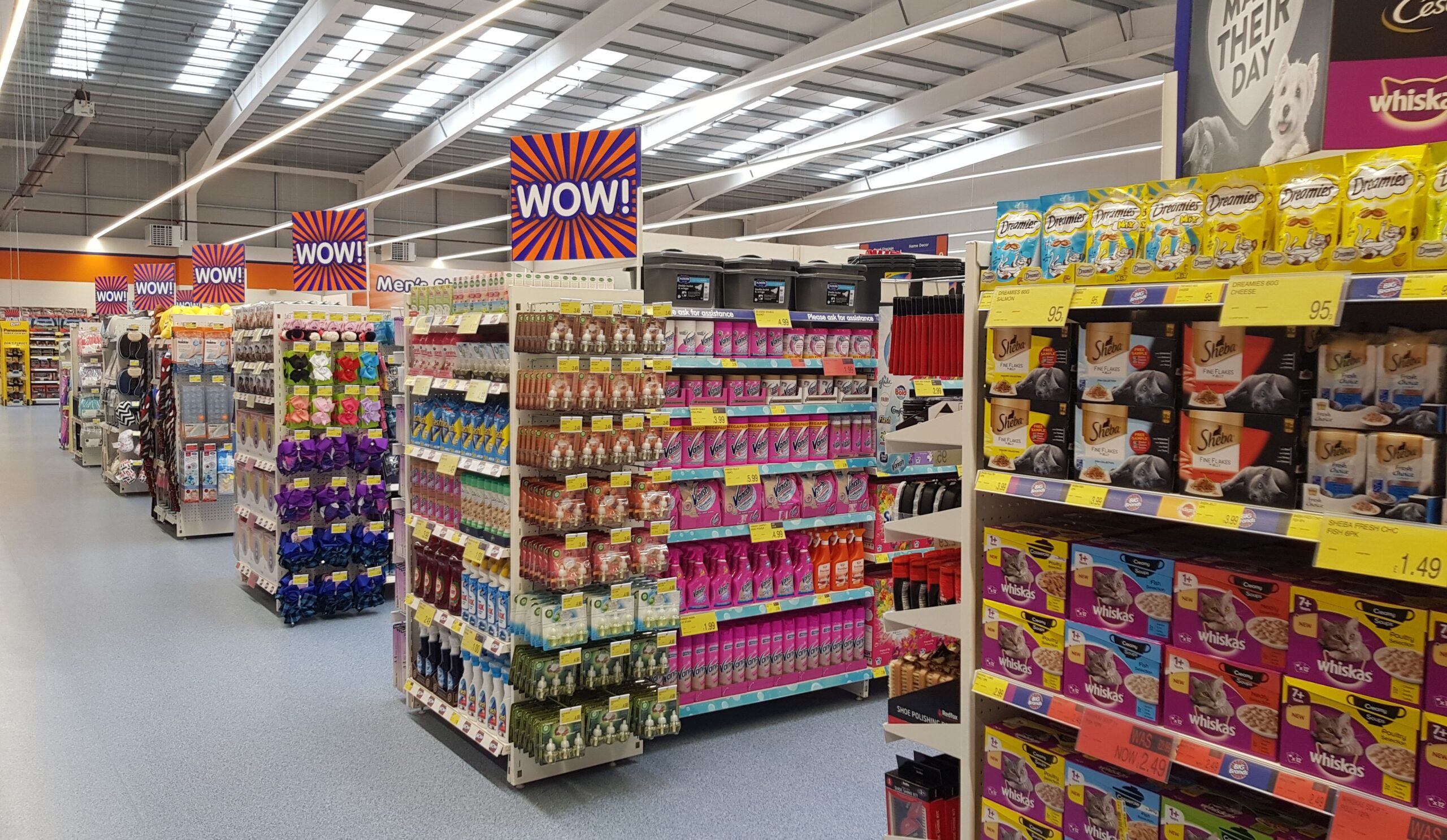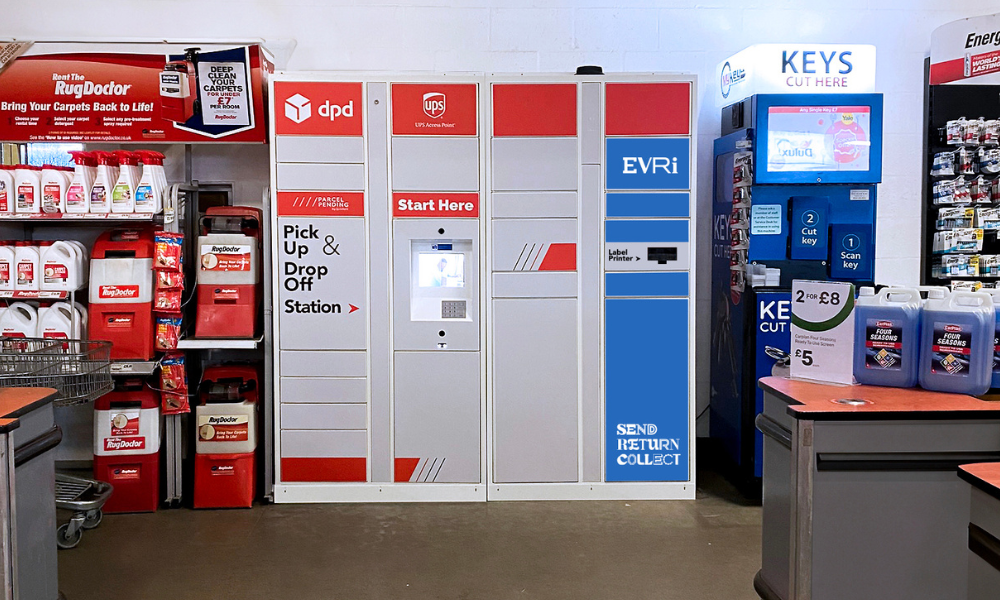MORE AND MORE RETAILERS ARE SHAKING OFF THE SILOED APPROACH AND LINKING UP THEIR OPERATIONS BETTER TO ENGAGE CUSTOMERS.
CHRISTIAN ANNESLEY REPORTS
When it comes to retail strategy, there’s one argument that purports to trump all others. The argument is simply this: what matters is product. Retailers are in the business of shifting product, and if retailers stock the right, competitively priced product that customers want to buy, everything else will take care of itself.
It’s a beguilingly simple notion, but it’s a long way from being the whole story. Perhaps the fundamental strategic question in retail, as we order better to engage customers – because it’s that keeps customers coming back. “Our strategy as a business is to grow sales,” says Sean McKee, head of ecommerce and customer services at the footwear retailer Schuh . “We do that by engaging our customers consistently and creatively, and by being operationally efficient.” But this distillation of the basics of good retail retailers engage with customers? And how best can retailers be efficient, so the customer stays happy? “Every retailer is different,” says McKee. “In our case, we look to convey a warm, natural and informal tone in all our marketing and brand strategy, and we focus on ensuring our housekeeping and systems are where they need to be: real-time view of inventory, a single pool of stock and sales that are channel-agnostic.”
STRIDING AHEAD
Schuh is well advanced with its customer engagement: simply put, it has already got a lot done operationally in a world where plenty of the competition still have many of these elements on to-do wishlists.
“We have a way to go, however,” says McKee. “We have a way to go, however,” says Mckee. “We are on a journey: at the moment we want to make things even more convenient and easy, boosting our offering of services like same-day delivery to customers buying through remote channels.” It’s in mobile where big change is afoot too, with more than half of web traffic to Schuh now on mobile devices. Not surprisingly, then, McKee says making sure the mobile channel is fit for purpose for engaging customers has been another priority.
“Partly also this is all about ensuring there are no silos in the business,” he says. “By next spring we expect to have a single, responsively designed website that is fit for purpose across all devices.
That’s a huge play for us, even as we keep our eyes on the horizon and try to plan and prepare for the next evolution of our customer engagement, which will focus on creating stronger links between the store and the web.”So how does Schuh’s journey match up to the aspirations of other retailers in relation to the customer?
Tony Bryant, head of business development at K3 Retail, says Schuh is right to focus on operational efficiency as the tool for keeping customers happy and engaged.
“The right products still matter hugely, and the other part of the picture to keep customers happy is product availability,” he says. “That means messages have to be backed up by systems that are simple and that deliver in order for customer trust to be retained.”
SPEAKING FROM EXPERIENCE
SINGULAR VIEW
“For me, it’s all about retailers working hard to develop that single customer view as soon as possible. So much good can flow from that.”
Trenton Moss, commercial director, Webcredible
UNDERSTANDING THE CUSTOMER
“When it comes to overseas opportunities, the challenge is to understand the customer, and that maywell come from focusing on the role played by social media in a country like China. Retailers hoping to conquer the Chinese market have to be aware that more than two-thirds of all Chinese ecommerce purchases are influenced by social media in some way.”
Paul Bolton, director of product and strategy, IVIS Group
STRUCTURAL WORKS
“The merging of channels has the potential to cause disputes about a retailer’s availability promise. To avoid this, the organisational structure really needs to work, with no silos creating blockages. Effective customer engagement will surely rest on retailers having a single pool of stock and getting it to work for them.”
Tony Bryant, head of business development, K3 Retail
JOINED-UP EXPERIENCES
At the moment one disconnect lies in the way that stores don’t capture the same rich information that is collected about customers engaging online, and Bryant says it’s rightly an area that’s starting to get attention: “Joining up the online and in-store experience should be a priority right now. The days have gone when a store visit might end with is usually available somewhere, so long as the retailer’s systems are capable. A single pool of stock, visible to all, is what’s needed, plus the capability to move that stock quickly to wherever it needs to go.” Mo Syed, head of user experience at Amplience , agrees that better links between in-store and online matter, but says it’s only linking everything together across all platforms that will really help to get customers engaged and buying. “Most retailers have had low conversion on ecommerce sites for a while now,” he says. “They are looking for ways to increase sales performance, and tablet and mobile are the likeliest source of the next big wins, but customers need a positive experience on every channel in order to complete a purchase. In too many cases it’s a fragmented customer journey, and that needs to change. It’s a business process challenge for many, because integrating all these different disciplines is not something that comes easily to a lot of retailers. There are still a lot of silos about.” That’s a problem, says Trenton Moss, commercial director at Webcredible , that goes beyond the technical. “You want things seamless for the customer, but of interest internally for the retailer,” he says. “That might mean creating incentive structures that work, for example, across all channels so an in-store sales agent and an online sales agent aren’t in competition.”
ENGAGING THE CUSTOMERS
HOW TO TREAT CUSTOMERS WELL WHEN THE GOING GETS BUSY
• Stick with what’s tried and tested. Trusting to unproven strategies is to be avoided.By A/B testing outside of the retailing peaks you can identify which strategy worksbest so that when the rush is on customers will find their way to what they want.
• Offer up alternatives. If customers can’t find what they were looking for online,make sure you recommend alternatives.
•Smarter email. Be creative and use intelligent recommendations to personalise emails.
•Think of others. Intelligent recommendations can deliver high levels of personalisation, but the festive season is a time of buying for others. That means anrecommendations should probably be focused on gifts rather than things for the buyer
•Keep on recommending. Because they are useful to the customer, recommendationsare not always perceived as marketing communications. So deploy recommendations on unusual areas of the site and within customer communications not traditionally associated with sales.
Source: Peerius
HOW WHITE STUFF HAS RE-ENGAGED WITH ITS CUSTOMERS
The lifestyle and fashion brand White Stuff , which sells through more than 85 UK stores and online, rethought and overhauled its approach to the customer during a threeyear change project that ran between 2010 and 2012. The project came as the company recognised the need to position itself for future growth and for an even better customer experience, both online and through additional stores. It meant an overhaul of its IT infrastructure as part of a wider re-imagining of the business and how it engaged customers. Ian McMillan, IT director at White Stuff, says: “Though robust, our old systems and approach had shortcomings and, for multichannel and for the needs of our customers, the IT we had in place was difficult to use. We had a separate website and separate warehouses for home shopping and for the stores.” White Stuff opted for a platform from K3 Retail based on its multichannel capabilities,which made use of the Microsoft Dynamics NAV platform plus additional functionality developed by K3. This gave White Stuff a platform and a strategy that could deliver for its customers by covering its shops (including one in Copenhagen), its wholesale operations and its call centre. The tech side presented challenges, but it was the business change, with the customer front of mind, that drove the project.A six-strong team was assembled, comprising “business people and not IT personnel”.
The change was rolled out incrementally at first, including a complete replacement of hardware and software in the stores, but it culminated in a whole-ERP change project in the summer of 2011 which included warehousing, the call centre, buying and merchandising and all other central functions, as well as the interfaces into the company’s website.
“You want to be as modular as possible but it requires writing interfaces linking into old code, which are then thrown away. It’s therefore a big jump at the end,” says McMillan.
The technology and the system challenges were well understood, but McMillan also admits that “we maybe did not focus enough on [the] business change management” side.
The project was fully implemented in time for White Stuff to trade through the Christmas of 2012, with the capability to “significantly better manage its stock and assets” compared with the previous year.
“Since the overhaul we’ve been able to manage the company as a multichannel business, including managing the warehouse processes better, which has helped with online and store ordering. We’ve had the right amount of stock available and have got it into the stores in a more timely way. It’s the customer that benefits – and so too our bottom line.” As with Schuh, a single view of the stock has transformed things for White Stuff’s customers but also enabled greater management of the warehouses, with the result that the company has been able to offer click and collect across 15 stores. The stock view has also led to greater control of what goods are placed on the White Stuff website – because of the visibility of the stock positions across the warehouse, the stores, and through the order fulfilment processes. “For the customer, it delivers a joined-up view of White Stuff across all our channels – and that’s what every retailer wants to do,” says McMillan.
WHAT’S CHANGED?
Effective customer engagement goes to the heart of the multichannel retailer’s systems. As channels merge, and customers start to expect to engage across several channels seamlessly, the winners will be those that can harness their resources to deliver what the customer wants as efficiently, and quickly, as possible.






